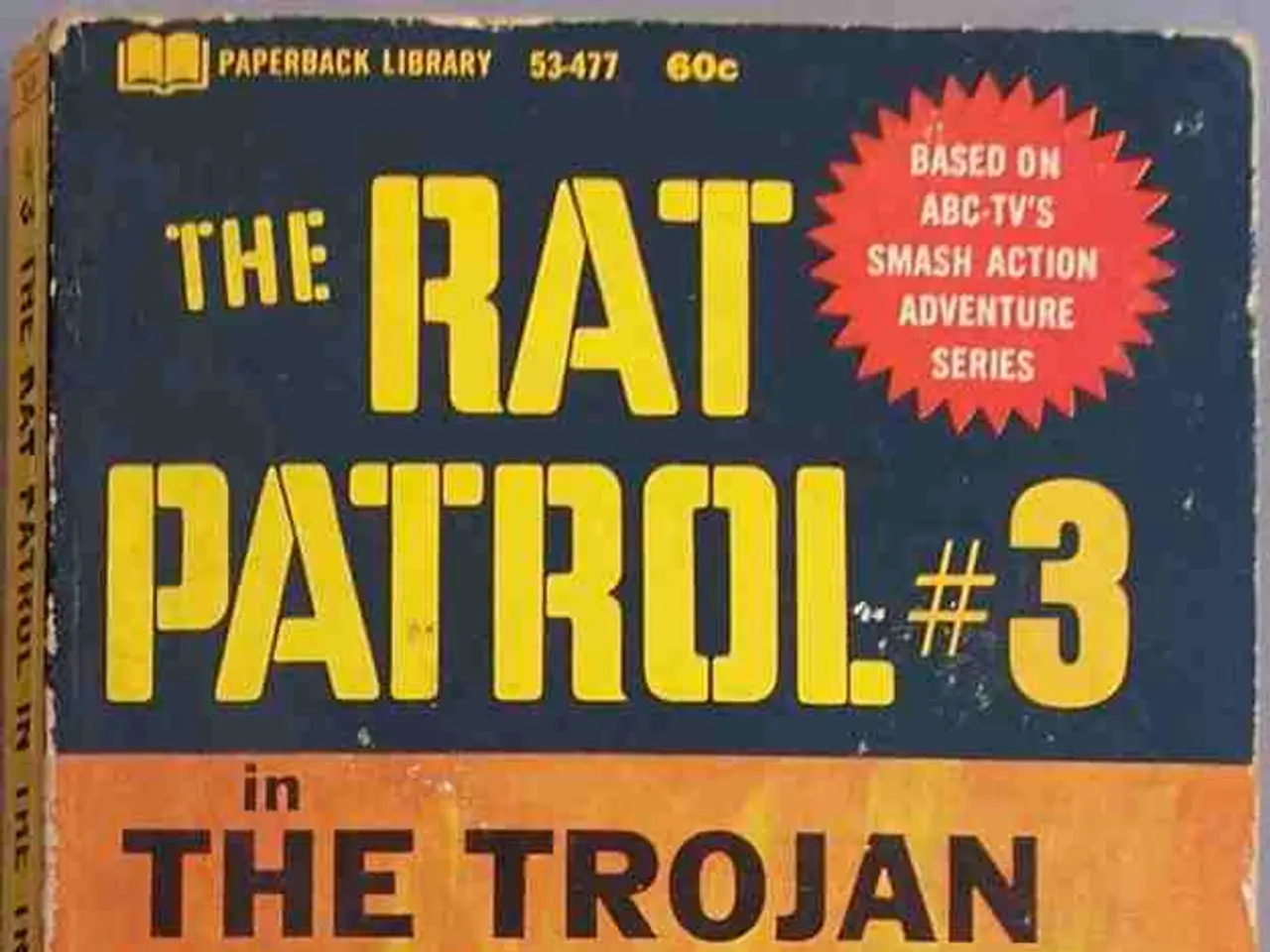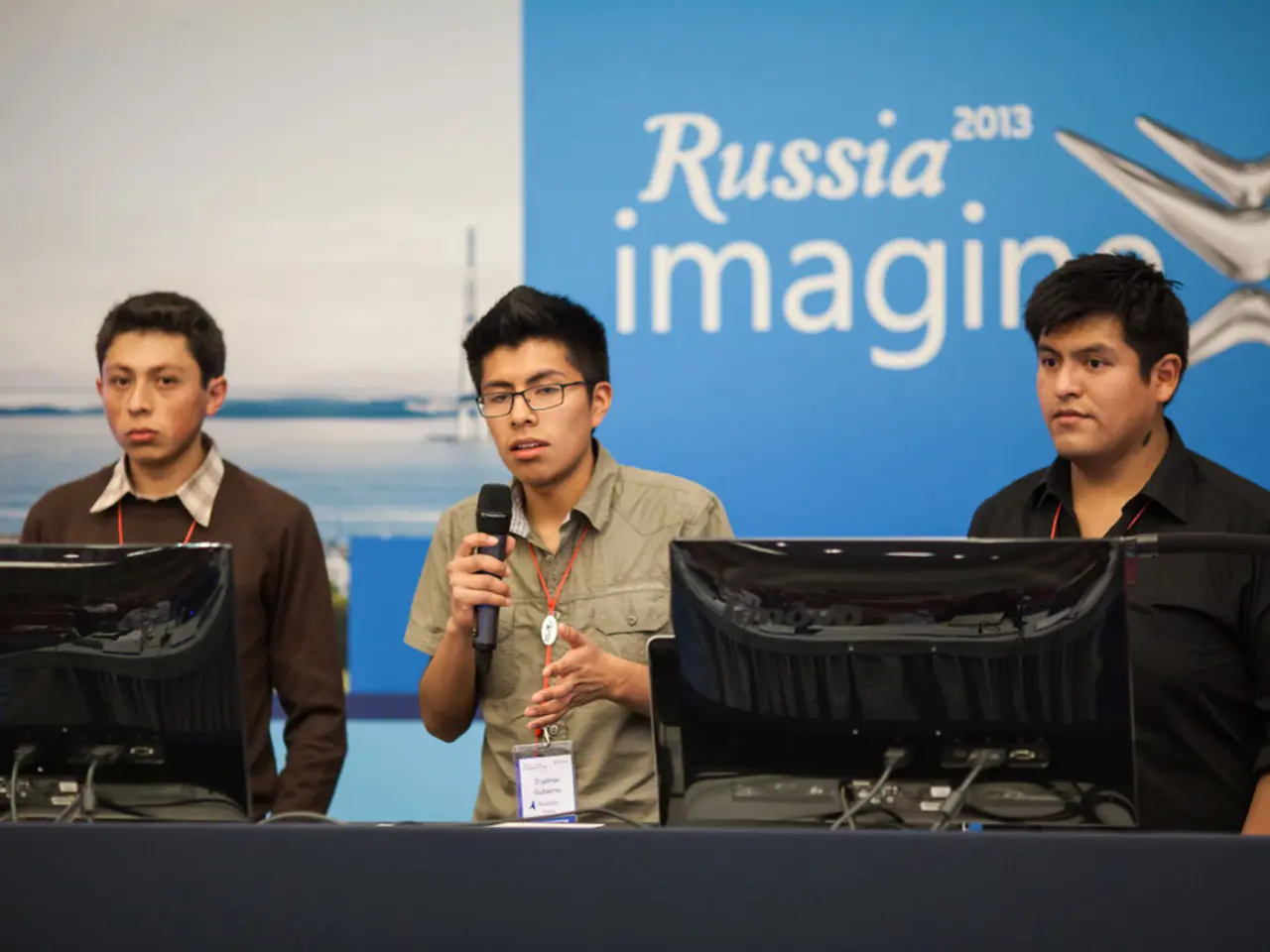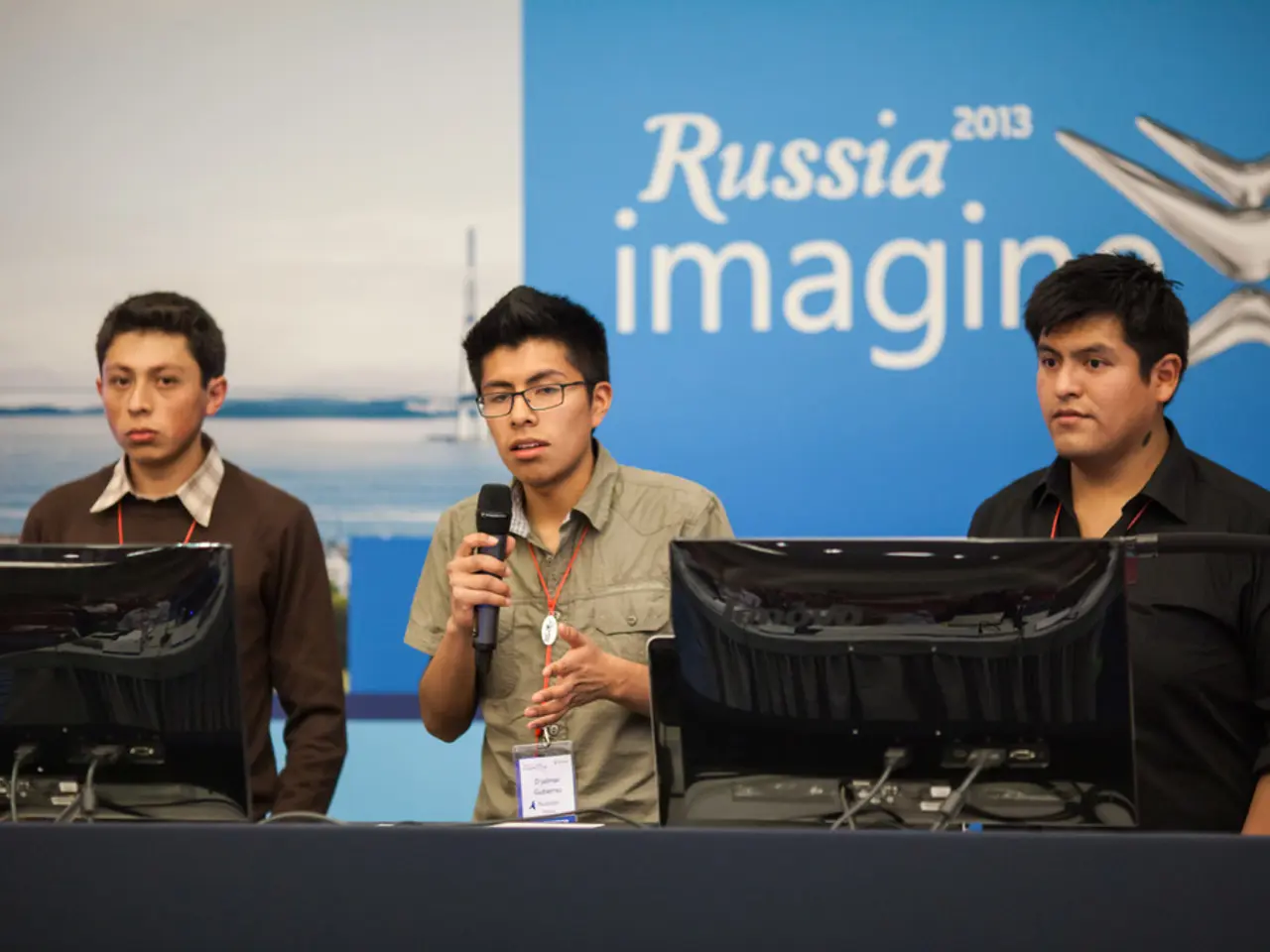Trump and Israel's Prime Minister, Netanyahu, set to hold a meeting
Israel and Hamas are at a pivotal moment in their ongoing conflict in Gaza, with a proposed 60-day ceasefire agreement under discussion. The negotiations, facilitated by regional mediators Qatar and Egypt, aim to halt active hostilities while allowing for negotiations on more permanent solutions [2][4].
Key details of the proposed agreement include a 60-day ceasefire during which parties would negotiate, the release of 10 living hostages and about 15 bodies, reciprocal prisoner exchanges, continued and expanded aid deliveries into Gaza, and international supervision to prevent aid diversion [1][3]. Israel also insists on Red Cross access to hostages for medical treatment, a demand currently resisted by Hamas [1][3].
The fundamental disagreement persists, however, as Israel demands disarmament and cessation of Hamas's militant activities, while Hamas seeks guarantees against renewed Israeli military actions [1]. This impasse leaves the success of the ceasefire agreement uncertain, with some analysts viewing it as potentially theatrical if it does not bridge these irreconcilable positions, risking further conflict if the ceasefire fails [1].
The United States plays a pivotal role in these negotiations, acting as a mediator and pressure agent. President Donald Trump has taken a public stance in pushing for the ceasefire and is set to host Israeli Prime Minister Benjamin Netanyahu next week to discuss the deal [2][3][4]. The U.S. is also working with regional mediators Qatar and Egypt, who are expected to present the final proposal to Hamas [2][3][4]. The U.S. aims to de-escalate the Gaza conflict as part of broader regional stability efforts, including managing related tensions involving Iran [2][3][4].
Israeli Prime Minister Benjamin Netanyahu is planning a visit to Washington next week, where he will meet with President Trump, Vice President JD Vance, Secretary of State Marco Rubio, Secretary of Defense Pete Hegseth, and US Special Envoy Steve Witkoff [1]. Netanyahu has expressed his desire to end the war in Gaza and expects an agreement to be reached during his visit [1].
The Israeli military has made adjustments to its approach around distribution centers for humanitarian aid, following a series of incidents in which soldiers shot at crowds they believed posed a threat [1]. However, there have been advances but no breakthrough in indirect talks between Israel and Hamas over a Gaza ceasefire [1]. The Israeli army has stopped firing near the distribution centers after the incidents, and the military is currently investigating several incidents in which civilians were killed by Israeli fire near the centers [1].
The Palestinian news agency Wafa reported 31 deaths from Israeli attacks since the morning, with several victims near a humanitarian aid distribution center run by the Gaza Humanitarian Foundation (GHF) [1]. According to local health authorities, hundreds of Palestinians have been killed in these incidents [1]. The Israeli army has fenced off GHF distribution centers, opened additional access routes, and erected barriers to reduce tensions with the population [1].
In the past, soldiers have fired live ammunition when people approached the distribution centers outside of designated routes or hours and presented a threat to the soldiers [1]. Israel introduced the GHF centers after weeks of a total blockade of the Gaza Strip to bypass the distribution of aid by the UN and other organizations, but there is no evidence of a systematic theft of these aid supplies by Hamas [1].
The current status of the Israel-Hamas ceasefire negotiations remains uncertain, with the success of the proposed 60-day ceasefire agreement dependent on Hamas accepting terms that involve hostages and humanitarian aid, while Israel insists on security guarantees—issues that remain deeply contested and unresolved. The U.S. plays a pivotal role in pushing for this ceasefire and preparing for further diplomatic engagement.
- The ongoing ceasefire negotiations between Israel and Hamas are not only about halting war-and-conflicts in Gaza, but they also involve discussions on political matters such as the disarmament of Hamas and guarantees against renewed Israeli military actions.
- The proposed 60-day ceasefire agreement includes general-news topics like the release of living hostages, prisoner exchanges, and expanded aid deliveries into Gaza, but it also covers crime-and-justice issues such as the inspection of hostages by the Red Cross for medical treatment.








